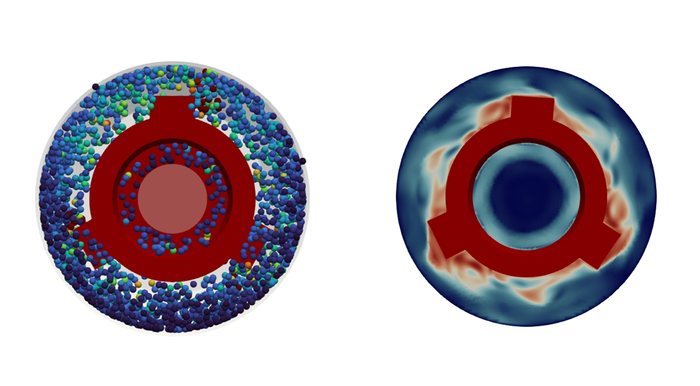Technical University of Braunschweig [ 24 months ]
Société des Produits Nestlé S.A. [ 12 months ]
Turn on Javascript!
Turn on Javascript!
Turn on Javascript!
Turn on Javascript!
Turn on Javascript!
Yeswanth Sai Tanneru is from India where he did his Bachelors in Mechanical Engineering at KL University. Later, he moved to Sweden to pursue his Master’s degree in Applied Mechanics at Chalmers University of Technology with Avancez Scholarship. During his studies at Chalmers, Yeswanth has done a summer internship as a CAE Engineer at Volvo Car Corporation (Gothenburg, Sweden). He worked on implementing a digital twin for sunsim-lab at Volvo Cars where the tests for solar radiation effects on Volvo models are carried out to analyse passenger comfort. He later continued to work at Volvo Cars for his Master’s thesis in the Contamination and Core CFD department. His thesis was about analysing ice particle behaviour which cause contamination on the sensors of autonomous vehicles. He used angle of repose calibration with DEM simulations for this purpose.
He is currently working on modelling of fine grinding in stirred media mills. The challenge of his current research is that breakage in mills is a rapid phenomenon and implementing the breakage physics to simulate the exponentially increasing particles is computationally heavy. In this work, DEM and CFD simulations are used to obtain the necessary mill dynamics at different operating conditions. The population balance models predict the breakage and evolution of particle sizes due to breakage using mill and particle data.
Yeswanth is currently located at iPAT, TU Braunschweig (Germany) and has Nestlé (Lausanne, Switzerland) as his industrial partner. His secondments are planned at DCS Computing (Vienna, Austria) for CFD-DEM modelling and TU Hamburg (Germany) for flowsheet modelling.


Predict the grinding result achieved by size reduction equipment such as stirred media mills at varying operating parameters by developing a new predictive PBM model based on a distinction between machine and material function.
Yeswanth Sai Tanneru, Jan Henrik Finke, Carsten Schilde, Yogesh M. Harshe & Arno Kwade. (2024), Coupled CFD-DEM simulation of pin-type wet stirred media mills using immersed boundary approach and hydrodynamic lubrication force Powder Technology, 444; 120060. https://doi.org/10.1016/j.powtec.2024.120060


